29 March 2025
Football, or soccer as it's known in some parts of the world, is more than just a sport; it's a global phenomenon. The adrenaline-pumping action on the pitch has always been captivating, but in recent years, something else has started playing a major role in shaping the way fans engage with the game: social media. Whether it's Twitter, Instagram, Facebook, TikTok, or YouTube, social media platforms have transformed how people experience football.
Gone are the days when fans had to wait for the evening news or the next day's newspaper to catch up on the latest scores and highlights. Today, the game is happening in real-time on our phones, tablets, and laptops. But the influence of social media on football culture goes way beyond just keeping up with match results. It has changed how we interact with players, clubs, and even other fans. Let’s dive deep into how social media has dramatically shaped football culture, both for better and for worse.
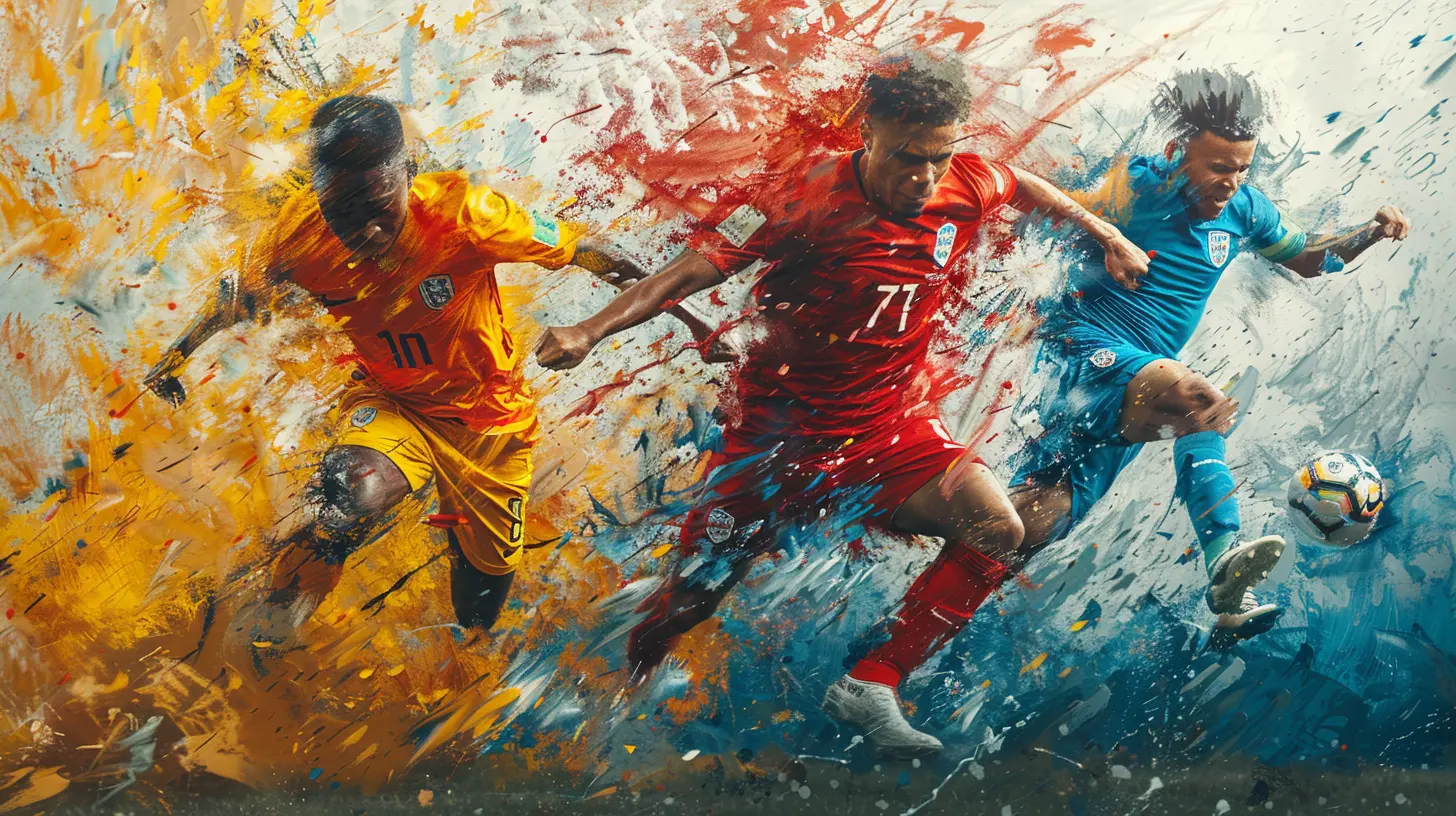
The Rise of the Digital Football Fan
Instant Access to Information
Remember the days when we had to rely on TV channels or radio for live match updates? Feels like ancient history, right? Social media has revolutionized how we consume football content. With just a few taps on your smartphone, you can get live updates, scores, and even highlights of a match happening thousands of miles away. Twitter feeds are flooded with real-time play-by-play actions, Instagram stories offer behind-the-scenes glimpses, and TikTok is full of creative fan edits.This instant access has made football more inclusive. No longer is the sport limited to what's broadcast on mainstream channels. Fans from all over the world, regardless of time zones or TV rights, can follow their favorite teams and players with ease. Football news is now democratized. Everyone gets a seat at the table.
Creating Global Fan Communities
Social media has essentially turned the world into a massive football stadium. Fans from different countries, cultures, and time zones can now interact as if they were sitting next to each other in the stands. Facebook groups, Reddit threads, and Twitter hashtags have become virtual meeting spots for football lovers to discuss tactics, argue about refereeing decisions, or celebrate victories.Take the example of a Manchester United fan from Nigeria and a Barcelona fan from Brazil—before social media, these two fans would have probably never interacted. Today, they can debate passionately in a Reddit thread or exchange memes on Instagram, all in real-time. Social media has blurred geographical boundaries, creating a global football community where anyone can participate.
Fandom in the Age of Memes
Social media has also given birth to a new form of football fandom: meme culture. It’s impossible to scroll through Twitter or Instagram after a big match without encountering a slew of memes—some celebrating a glorious goal, others mocking a player’s mistake. Memes have become a universal language through which fans express their emotions, whether it’s joy, frustration, or disbelief.For example, take how Lionel Messi’s iconic “GOAT” status (Greatest of All Time) or Cristiano Ronaldo’s signature “Siiiuuu” celebration has been endlessly transformed into memes. These viral posts not only entertain but also serve as a way for fans to connect and bond over shared experiences, even if they support different teams.

The Player-Fan Relationship: Closer Than Ever
Humanizing Football Stars
Social media has shattered the barrier between footballers and their fans. Before platforms like Instagram and Twitter, players were distant, almost mythical figures. You’d see them on TV or read about them in sports magazines, but that was about it. Now? You can follow their daily lives, from their morning training routines to their late-night Netflix binges.This access humanizes the players. They’re no longer just athletes; they’re influencers, trendsetters, and even role models. When Marcus Rashford tweets about his charity work or when Megan Rapinoe posts on Instagram about social justice, fans see them not just as footballers but as people with values and causes they care about. In a way, social media has helped demystify football stars, making them more relatable and accessible.
Direct Interaction with Fans
Let’s be honest—how cool is it when your favorite player likes your comment or replies to your tweet? Social media allows for direct interaction between players and fans, something that was virtually impossible in the pre-social media era. Whether it's a player sharing a fan-made artwork, replying to a heartfelt message, or even engaging in some light-hearted banter, this direct connection strengthens the bond between players and their supporters.Take Zlatan Ibrahimović, for example. His Twitter account is full of witty, often self-deprecating humor that has endeared him to fans worldwide. These small interactions create lasting impressions, making fans feel like they’re part of the player’s journey.
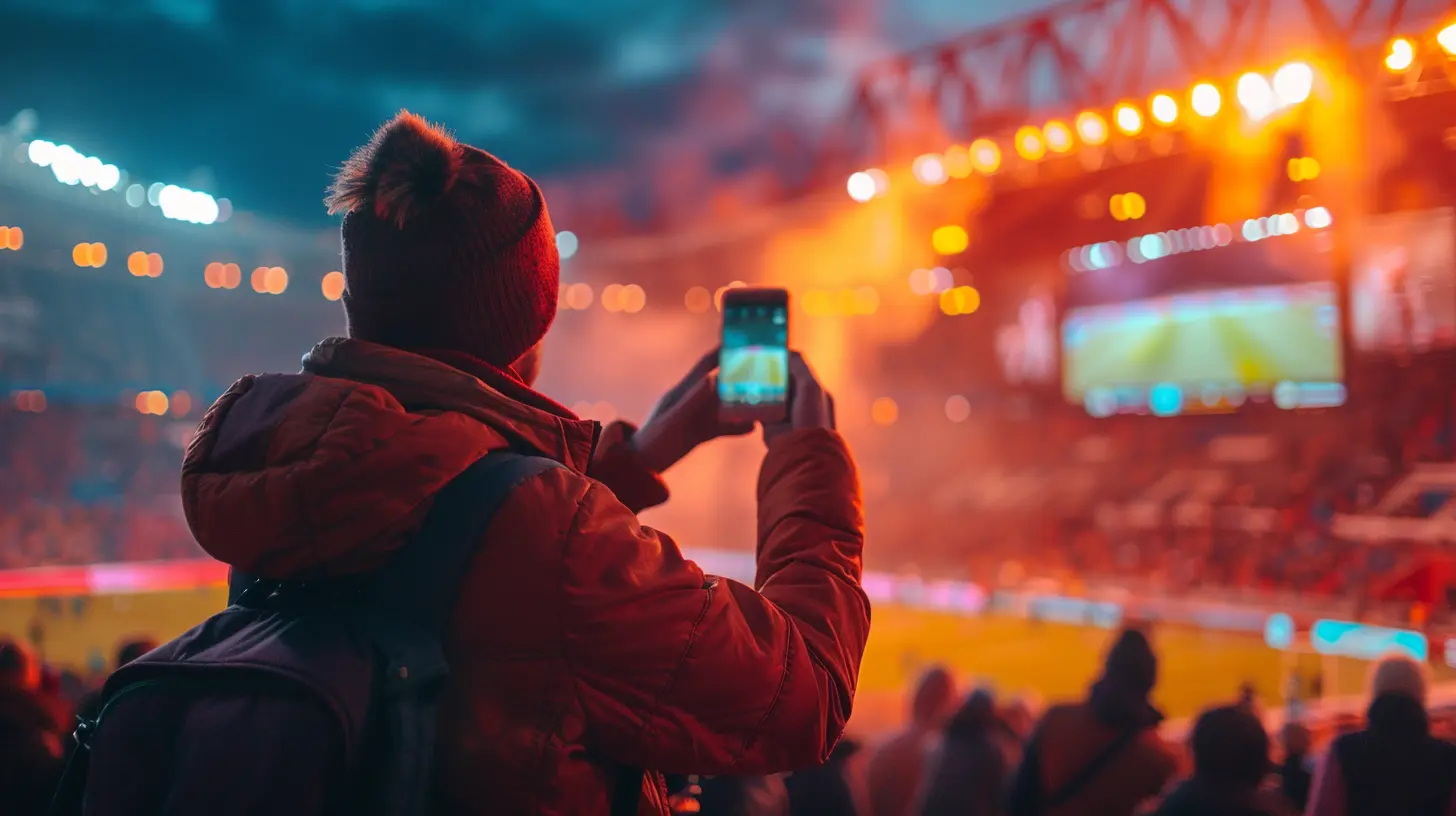
How Clubs Are Leveraging Social Media
Building a Brand Beyond the Pitch
Football clubs are no longer just sports teams; they’re global brands. And much of that branding happens on social media. Clubs like Real Madrid, Manchester City, and Paris Saint-Germain have millions of followers across various platforms, and they use these channels to promote not just their matches but also their merchandise, sponsorships, and community initiatives.Social media also allows clubs to create a narrative beyond what happens on the field. For example, during pre-season tours, clubs can share behind-the-scenes footage of players traveling, training, or taking part in team-building activities. These glimpses into the lives of the players create a more personal connection with the fans, making them feel like they’re part of the club’s journey.
Engaging Fans with Creative Content
Gone are the days of boring press releases and traditional media statements. Today, football clubs are embracing creative and interactive content to engage their fans. From Twitter polls asking fans to vote for the man of the match to Instagram stories showing live Q&A sessions with players, clubs are finding innovative ways to keep their followers entertained.Take AS Roma’s Twitter account, for example. Known for its witty and often hilarious posts, the club has garnered a massive following not just for its footballing prowess but also for its social media game. Engaging content builds a loyal fanbase, and clubs are now more aware than ever that their digital presence is just as important as their performance on the pitch.
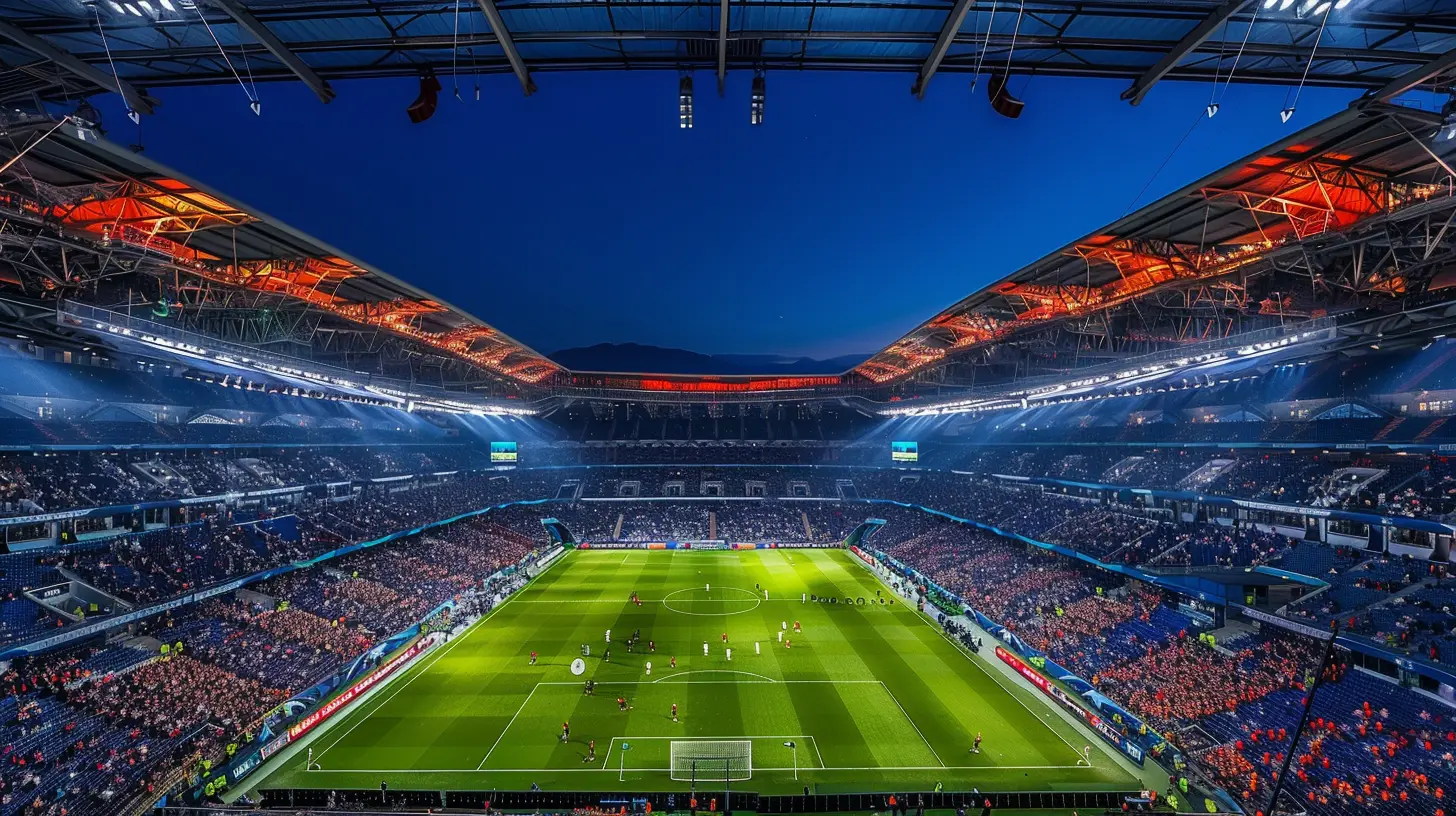
The Dark Side: Trolls, Abuse, and Toxicity
The Rise of Online Abuse
While social media has brought fans, players, and clubs closer than ever, it has also opened the door to some darker elements. Online abuse, particularly directed at players, has become a growing concern within football. Racial slurs, death threats, and personal attacks have been hurled at players after a bad performance or a controversial incident.Unfortunately, the anonymity of the internet allows people to say things they would never dream of saying in person. This kind of abuse has led to several high-profile players, such as Thierry Henry, calling for stricter regulations and even stepping away from social media to protect their mental health.
The Pressure of Perfection
Social media can also create unrealistic expectations for players. In an age where every move is scrutinized, players are under constant pressure to perform not just on the field but also off it. A single mistake, whether during a match or in a personal post, can lead to a torrent of online criticism. The pressure to maintain a perfect image can take a toll on the mental well-being of players, making them feel more like brands than individuals.The Future: What Lies Ahead?
The relationship between social media and football is still evolving, and it’s hard to predict where it will go next. With the rise of new platforms and technologies like virtual reality and augmented reality, the way fans interact with the game could change even further. Imagine watching a match through VR while simultaneously interacting with other fans in real-time. We are, without a doubt, just scratching the surface of what’s possible.One thing is clear, though: Social media is here to stay. Whether it’s for better or for worse, its influence on football culture is undeniable. It connects us, entertains us, and sometimes even divides us, but there’s no turning back. Football and social media are now deeply intertwined, and the game will never be the same again.


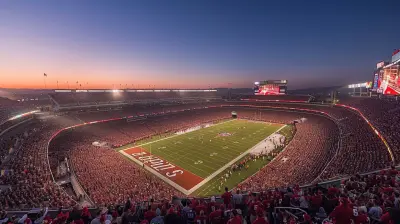



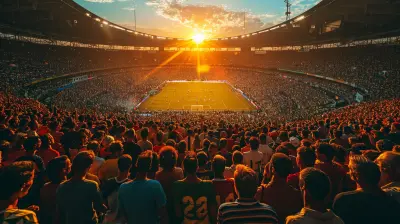
Rusty McGill
Social media has revolutionized football culture, empowering fans to connect, share, and influence like never before. It's a vibrant stage where voices unite, turning passion into action. Let’s embrace this digital age, harness its power, and elevate our game—on and off the pitch! The future of football is in our hands!
April 26, 2025 at 12:07 PM